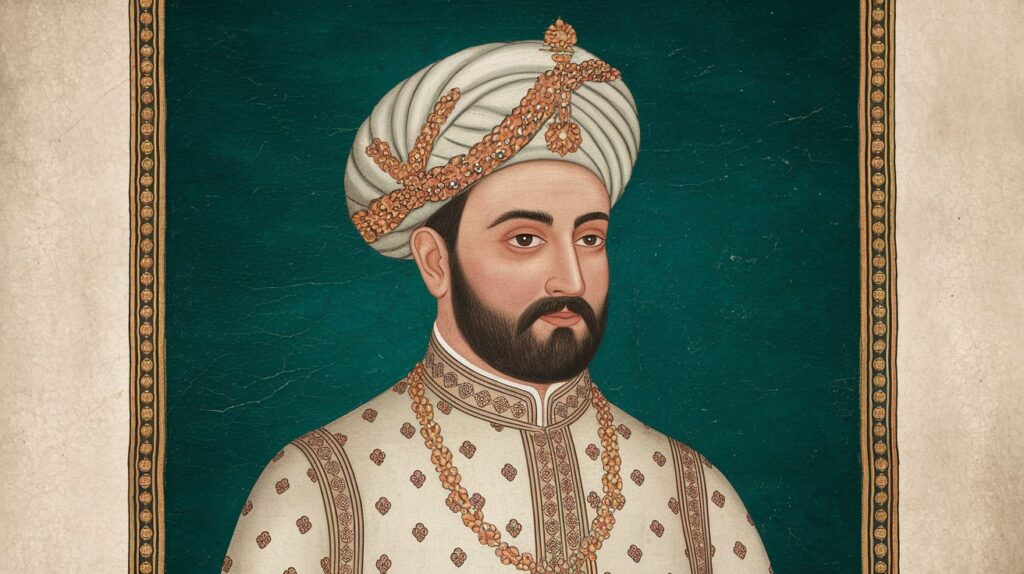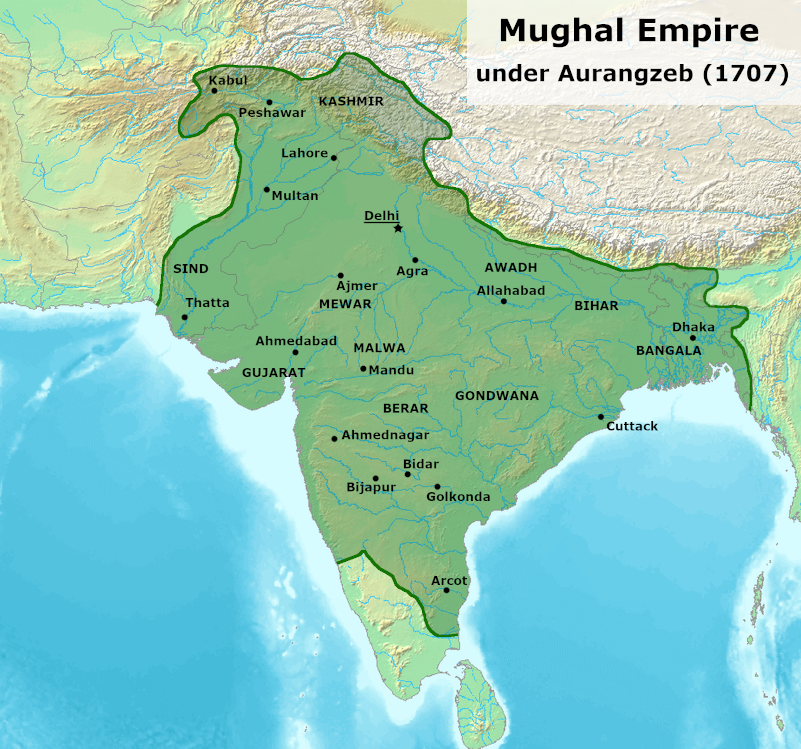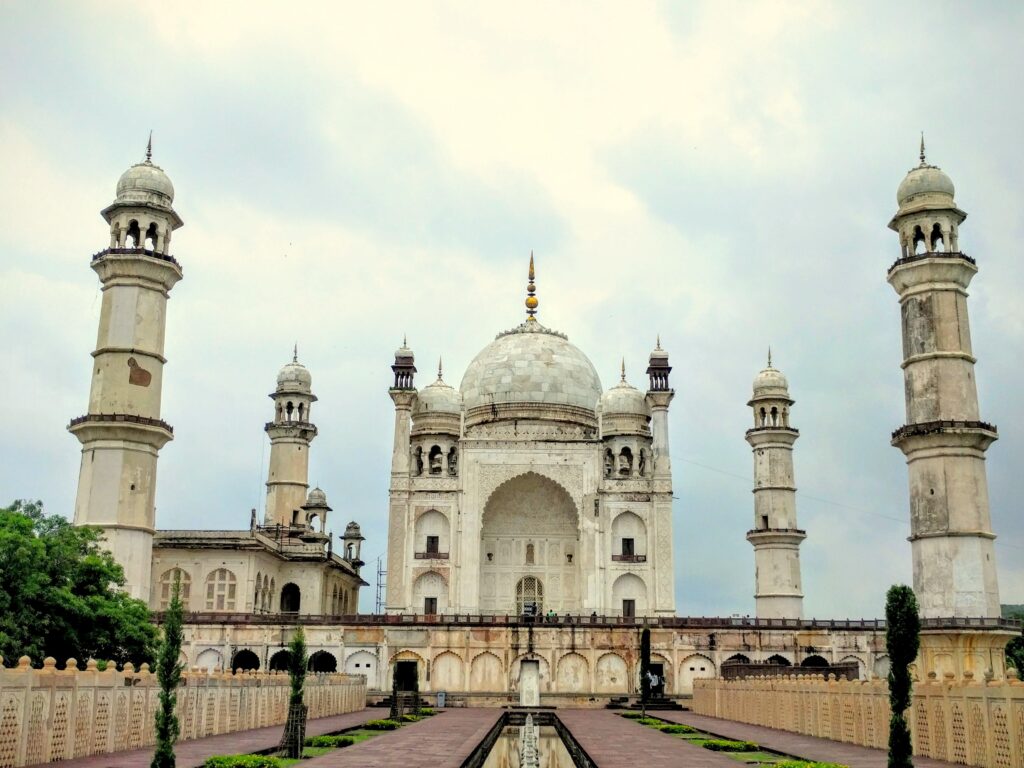
Aurangzeb Alamgir, the sixth Mughal Emperor, is one of the most polarizing figures in Indian history. His reign, which lasted nearly 49 years (1658–1707), marked the zenith of the Mughal Empire in terms of territorial expansion but also sowed the seeds of its decline. Known for his piety, administrative acumen, and military prowess, Aurangzeb remains a subject of intense debate among historians and scholars. Was he a ruthless tyrant or a misunderstood ruler? This deep dive into Aurangzeb’s life, reign, and legacy will explore the man behind the myths.
Early Life and Rise to Power
Birth and Family Background
Aurangzeb was born on November 3, 1618, in Dahod, Gujarat, to Emperor Shah Jahan and Mumtaz Mahal. He was the third son of the emperor, growing up in the shadow of his elder brothers, Dara Shikoh, Shah Shuja, and Murad Baksh.
Education and Training
Aurangzeb received a rigorous education in Islamic theology, Persian literature, and military strategy. Unlike his brothers, who were more inclined toward art and culture, Aurangzeb was deeply religious and austere from a young age.
The War of Succession
After Shah Jahan fell ill in 1657, a brutal war of succession broke out among his sons. Aurangzeb emerged victorious after defeating his brothers in a series of battles. He imprisoned his father in Agra Fort and declared himself emperor in 1658.
Reign of Aurangzeb: Achievements and Policies
Territorial Expansion
Aurangzeb’s reign saw the Mughal Empire reach its greatest territorial extent. He expanded the empire into the Deccan, conquering Bijapur and Golconda, and pushed its boundaries into southern India. His empire stretched from Afghanistan in the west to Bengal in the east and from Kashmir in the north to Tamil Nadu in the south.

Administrative Reforms
Aurangzeb was a meticulous administrator. He reorganized the revenue system, introduced strict accounting practices, and ensured efficient governance. His court was known for its discipline and order.
Religious Policies
Aurangzeb’s religious policies are the most controversial aspect of his reign. A devout Sunni Muslim, he implemented several measures that alienated non-Muslims:
- Reimposition of the jizya tax on non-Muslims.
- Destruction of Hindu temples, including the Kashi Vishwanath Temple and Kesava Deo Temple.
- Promotion of Islamic law (Sharia) over secular policies.
However, it’s worth noting that Aurangzeb also appointed Hindus to high administrative positions and donated to Hindu temples on occasion, showcasing a complex and often contradictory approach to governance.
Military Campaigns and Challenges
Deccan Campaigns
Aurangzeb spent the latter part of his reign in the Deccan, fighting against the Marathas led by Shivaji and later his successors. These prolonged wars drained the empire’s resources and weakened its administration.
Revolts and Rebellions
Aurangzeb faced numerous revolts during his reign, including those by the Jats, Sikhs, and Rajputs. The most significant challenge came from the Marathas, who used guerrilla warfare to resist Mughal dominance.
Personal Life and Character
Austerity and Piety
Aurangzeb was known for his simple lifestyle. Unlike his predecessors, he avoided luxury, dressed modestly, and spent hours in prayer. He even copied the Quran by hand to earn money for his personal expenses.
Family Relations
Aurangzeb’s relationship with his family was strained. He imprisoned his father, Shah Jahan, and executed his brothers to secure the throne. His strictness extended to his children, whom he often reprimanded for their perceived moral failings.
Legacy of Aurangzeb
Contributions to Architecture
Despite his austere lifestyle, Aurangzeb contributed to Mughal architecture. The Bibi Ka Maqbara in Aurangabad, often called the “Poor Man’s Taj Mahal,” was built during his reign.

Decline of the Mughal Empire
Aurangzeb’s policies and prolonged wars left the empire financially and administratively weakened. After his death in 1707, the Mughal Empire entered a period of rapid decline, eventually succumbing to British colonial rule.
Historical Debate
Aurangzeb’s legacy is fiercely debated. Some view him as a religious fanatic whose policies led to the empire’s downfall, while others see him as a pragmatic ruler who upheld Islamic principles in a diverse empire.
Frequently Asked Questions (FAQs)
Q1: Was Aurangzeb a tyrant?
- Aurangzeb’s reign was marked by strict policies and harsh measures, but his actions were often driven by his vision of a unified Islamic empire. Whether he was a tyrant depends on one’s perspective.
Q2: Why did Aurangzeb destroy temples?
- Aurangzeb viewed temple destruction as a way to assert Islamic supremacy and suppress rebellion. However, he also funded the maintenance of some temples.
Q3: How did Aurangzeb treat non-Muslims?
- While Aurangzeb imposed the jizya tax and destroyed temples, he also employed Hindus in his administration and granted land to temples in certain cases.
Q4: What was Aurangzeb’s greatest achievement?
- Aurangzeb’s greatest achievement was the territorial expansion of the Mughal Empire, making it the largest in Indian history.
Q5: Why did the Mughal Empire decline after Aurangzeb?
- Aurangzeb’s prolonged wars, religious policies, and administrative overreach drained the empire’s resources, leading to its decline.
Final Thoughts
Aurangzeb remains an enigmatic figure in history—a ruler who expanded the Mughal Empire to its greatest extent but also sowed the seeds of its decline. His reign was marked by both remarkable achievements and controversial policies, making him a subject of endless fascination and debate. Whether viewed as a devout emperor or a ruthless autocrat, Aurangzeb’s impact on Indian history is undeniable.
What’s your take on Aurangzeb? Share your thoughts in the comments below! Don’t forget to bookmark this guide for future reference.
